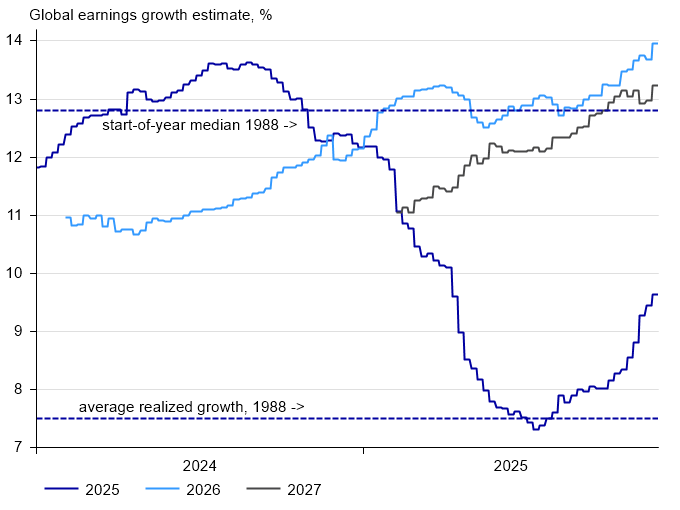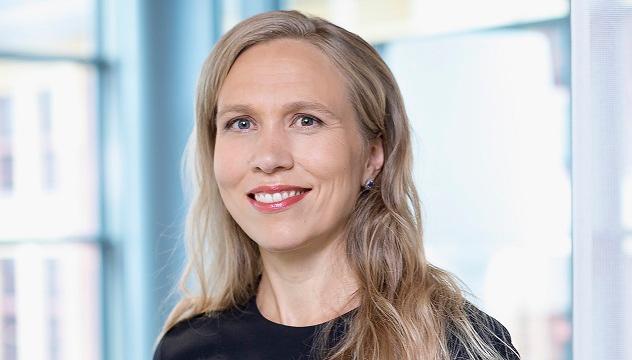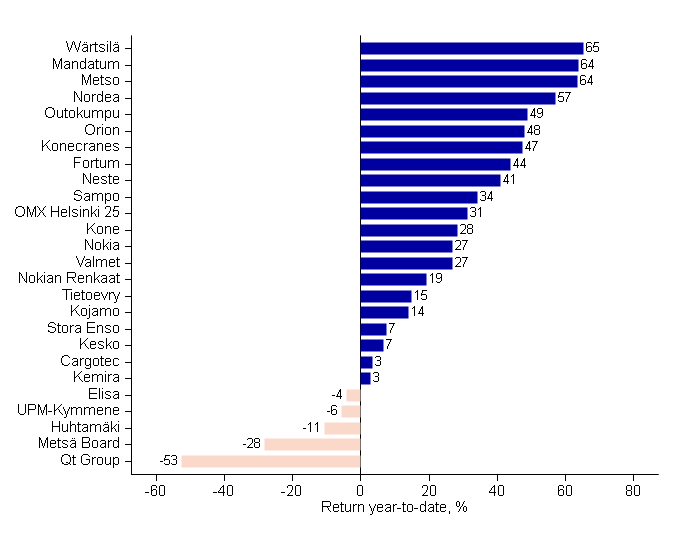Growth in Europe accelerates
The European equity markets have performed well this year, despite a temporary drop in the spring caused by tariff concerns. Economic growth is gradually recovering, driven by a pick-up in Southern and Eastern Europe. Next year, the largest economy in the euro zone, Germany, will likely lead the way with multi-year investments in defence, infrastructure and digitalisation.
Earnings growth for Europe’s largest companies is expected to accelerate significantly as the economy rebounds. Major improvements are anticipated in the automotive and materials sectors, which have suffered from tariffs and weak demand. The strengthening of Europe’s defence capabilities, AI adoption and the energy transition are creating new opportunities for companies across multiple sectors. These are the type of companies that the Nordea Empower Europe Fund, among others, invests in. We continue to overweight Europe in our regional recommendations. In addition to improving earnings growth, the valuations of European stocks remain more moderate than in the US.
We maintain a neutral weight in the US and the emerging markets. In the US, earnings growth is expected to accelerate particularly in sectors outside technology, reducing the sector’s dominance over others. Large tech companies account for about a quarter of S&P 500 earnings but nearly 40% of the index’s market capitalisation.
Asian tech companies have performed strongly this year as international investors have sought cheaper alternatives to US peers. Chinese tech companies are clear alternatives for US companies, having developed their own AI models and applications. The largest Korean and Taiwanese companies, on the other hand, are key partners of Nvidia and depend on its success. India’s stock market has lagged during this year’s AI boom but could benefit from investors potentially reducing their exposure to Asian tech stocks.
We are keeping Japan underweight. The country’s new Prime Minister, Sanae Takaichi, announced a 135 billion dollar stimulus package in November to boost growth and strengthen defence. Defence stocks reacted positively to the decision. Uncertainty over the yen’s trajectory is the main reason for our underweight recommendation, as a significant yen appreciation would hurt exporters’ earnings.
Health care overweight
We are upgrading health care to overweight in our sector recommendations. Health care is a growing sector largely unaffected by economic cycles. However, this year has shown that political developments can have an impact on it. President Donald Trump’s administration has aimed to lower drug prices and pressured pharmaceutical companies through tariff threats to relocate production to the US. These factors have weighed on share price performance, making valuations attractive. We believe the biggest challenges are now behind us, as import tariffs have mostly settled at around 15% and price negotiations have concluded.

Figure: Health care sector performance has been muted this year, but the biggest concerns are likely behind us.
We are also maintaining an overweight in the financial sector. European banks have performed strongly this year, and a macroeconomic recovery continues to support a positive outlook. In the US, the banking sector’s performance has been average compared to the broader market, but regulatory easing – which is on the administration’s agenda – could provide a tailwind next year. We are keeping the defensive consumer staples sector underweight due to weaker growth prospects.
.svg)










